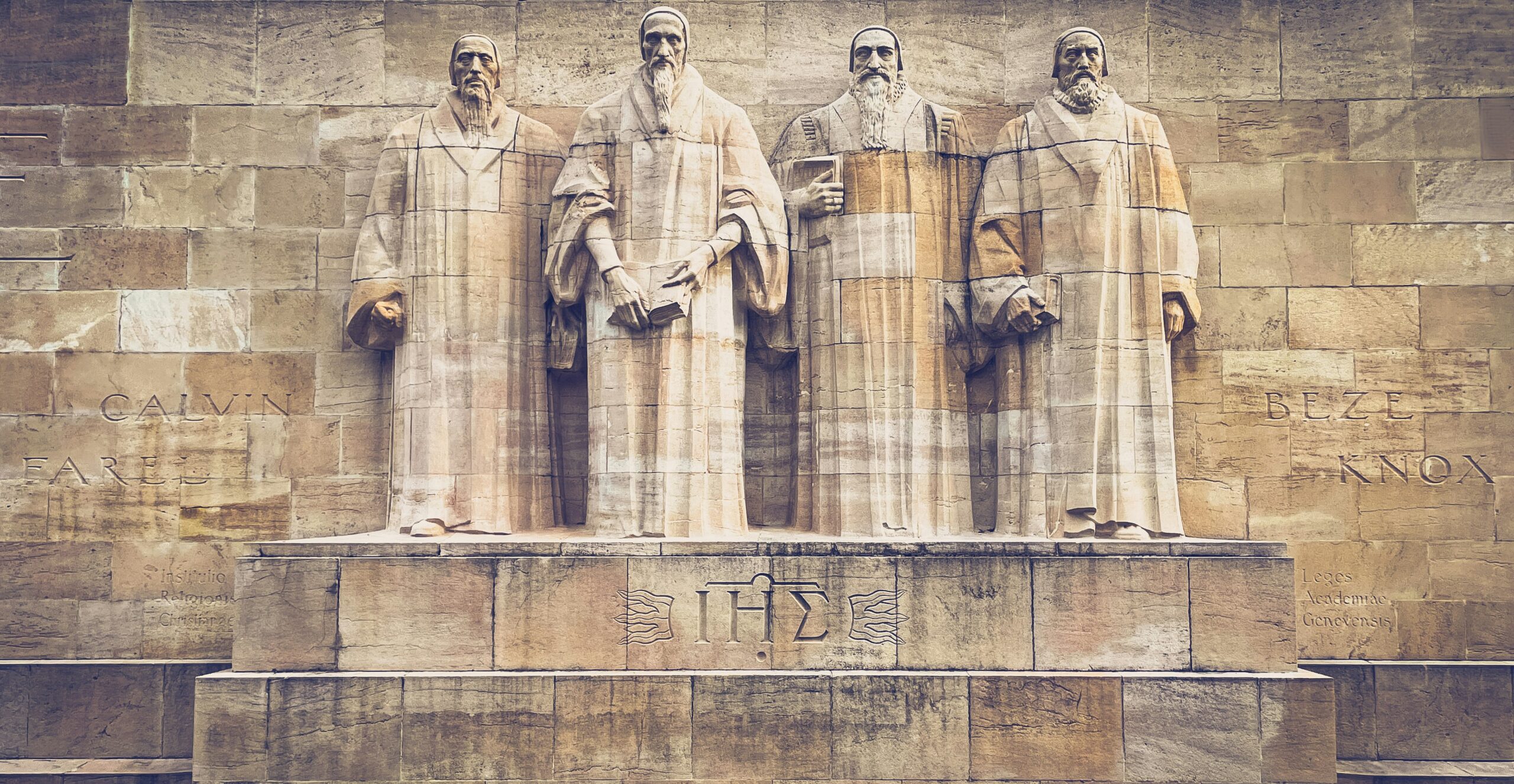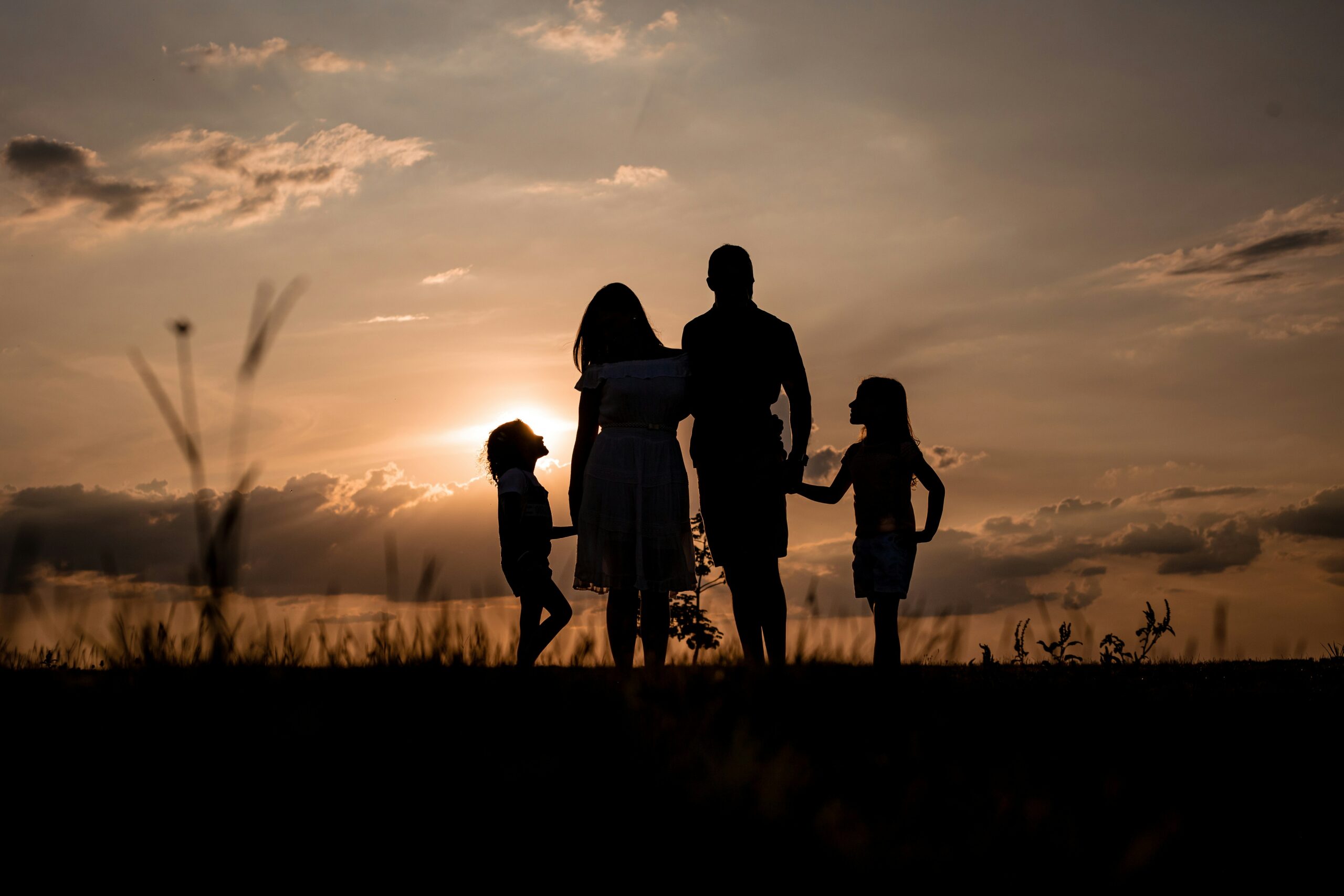Digital loneliness is one of the quietest emotional struggles of our time. You might be texting, scrolling, and liking posts all day—and still feel completely alone. In a world where you can send an emoji in a second, many people, especially young adults, are stuck in a loop of online connection and offline disconnection.
We’re more “connected” than ever, yet something’s missing. That something is emotional depth.
What Makes Digital Loneliness So Real?
At first, the internet feels like it brings people closer. You can video chat your friend across the world or comment on a stranger’s post and get an instant reply. But as time goes on, these small interactions often stay on the surface. Real conversations, the kind where we open up and feel seen, become rare. Instead, we fall back on likes, hearts, and reaction emojis.
And while it seems like you’re in touch with hundreds of people, none of them may truly know how you’re doing.
Why Social Media Can Make Things Worse
Social media was built to connect us—but ironically, it often makes us feel more alone. Why?
- Highlight reels vs. real life: We scroll through perfect pictures and compare them to our messy reality.
- Validation over connection: A like feels good for a second, but it doesn’t fill the emotional gap.
- Quantity over quality: We have followers, not friends.
You could have a thousand people following your stories and still feel like there’s no one to call when it really matters. And that emotional disconnection? It starts to wear on us—causing anxiety, poor sleep, and even burnout.
Performing for the Feed: The Digital Mask
There’s a pressure to look happy online—even when you’re not. We build digital personas that show the best parts of our lives. Smiling selfies, filtered vacations, perfect dinners. But underneath that carefully crafted feed might be someone feeling lost or exhausted.
This performance drains us. And the fear of missing out (FOMO) only makes it worse. We’re constantly seeing people “living their best life,” which can make us feel like we’re falling behind—even when we know deep down it’s just the highlights.
The more we pretend, the more alone we feel.
Surveillance Culture and the Disappearing Private Life
It’s not just about likes anymore. Now we’re expected to share everything—what we’re doing, where we are, even how we’re feeling. Life becomes a performance, judged by views and engagement.
But what about silence? What about just being?
Without moments away from the screen, we lose something vital: our inner space. The constant buzz of the digital world can numb us. We forget what it’s like to be alone with our thoughts—not lonely, but present.
The Perception Trap
We live in what many now call the perception economy. Our value online often depends on how “interesting” our life looks. So, we hide the hard stuff. Struggles, sadness, boredom—they’re edited out.
That creates a dangerous illusion: everyone looks connected and happy. So if you’re feeling lonely, it’s easy to think you’re the only one. But that’s not true.
Digital loneliness is widespread—and it’s often invisible.
What You Can Do About It
Digital loneliness won’t fix itself. But you can take small steps to reconnect with yourself and others:
1. Create Tech-Free Time
Choose a few hours each day to be screen-free. Mornings and evenings are great places to start.
2. Prioritize In-Person Time
Grab coffee with a friend. Go for a walk. Look people in the eye. Real connection happens face-to-face.
3. Take Regular Digital Breaks
Delete social apps for a weekend. Journal. Hike. Do nothing. See how your brain and body feel.
4. Be Honest Online
Share something real—not for likes, but to be seen. It might help someone else feel less alone, too.
The Bigger Picture
Digital loneliness isn’t just a personal issue—it’s a cultural one. As technology evolves, so must our awareness of its emotional impact. We need spaces (online and off) where we can be real, vulnerable, and human.
Because despite all our screens and scrolls, we’re still wired for connection. True connection.
So maybe today, choose presence over performance. Reach out. Listen. Log off for a bit. And remember—you’re not alone in feeling alone.





Bir yanıt yazın